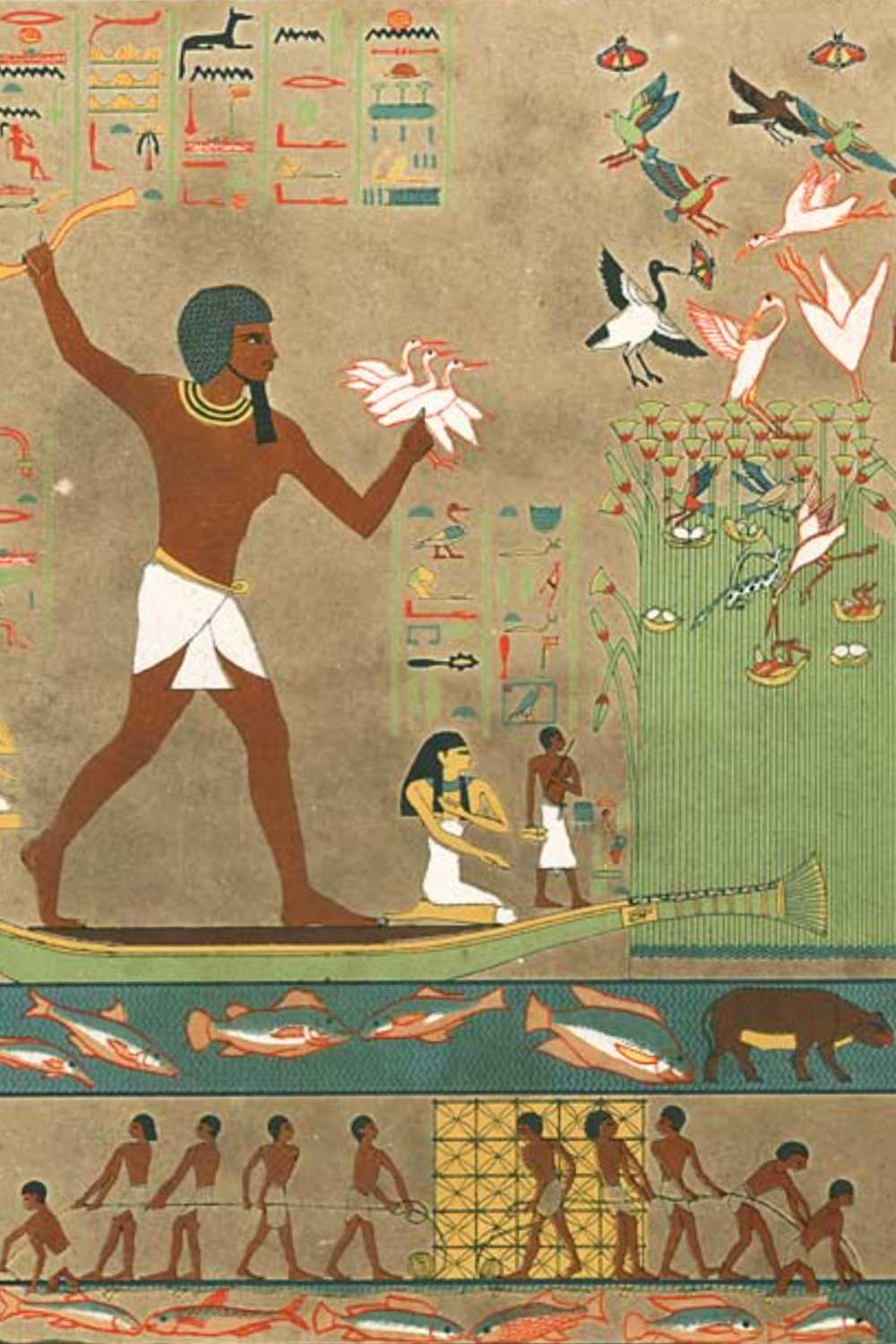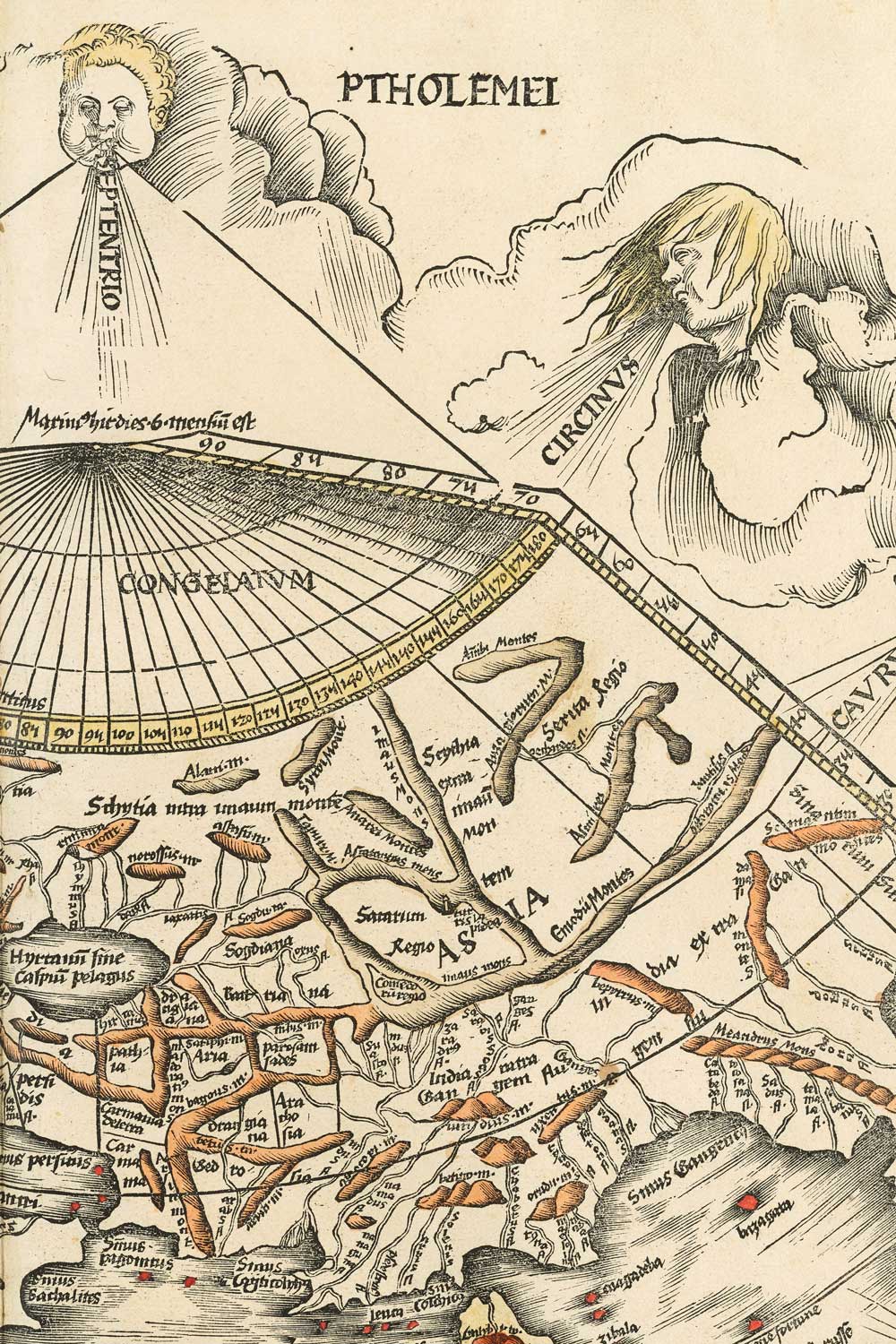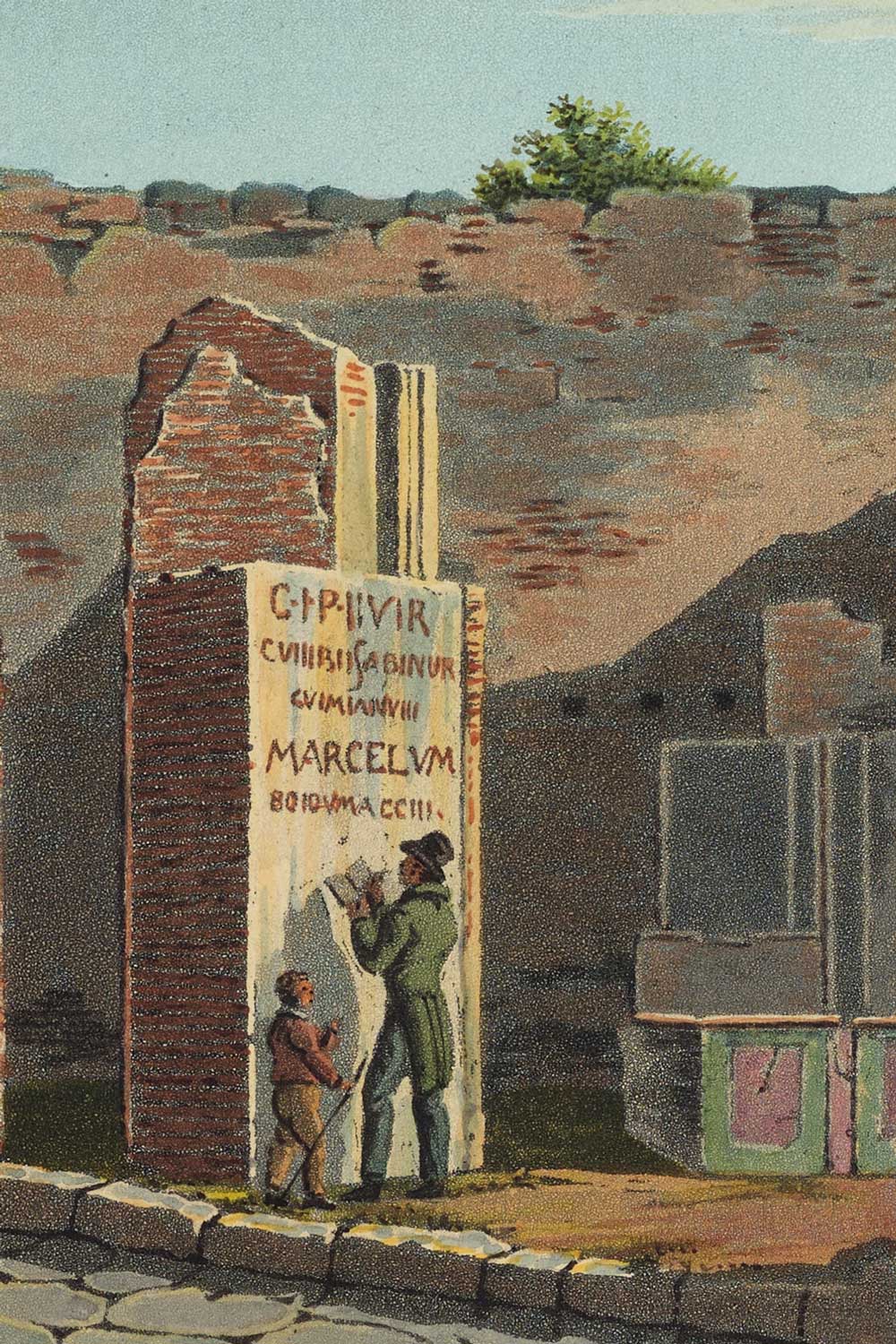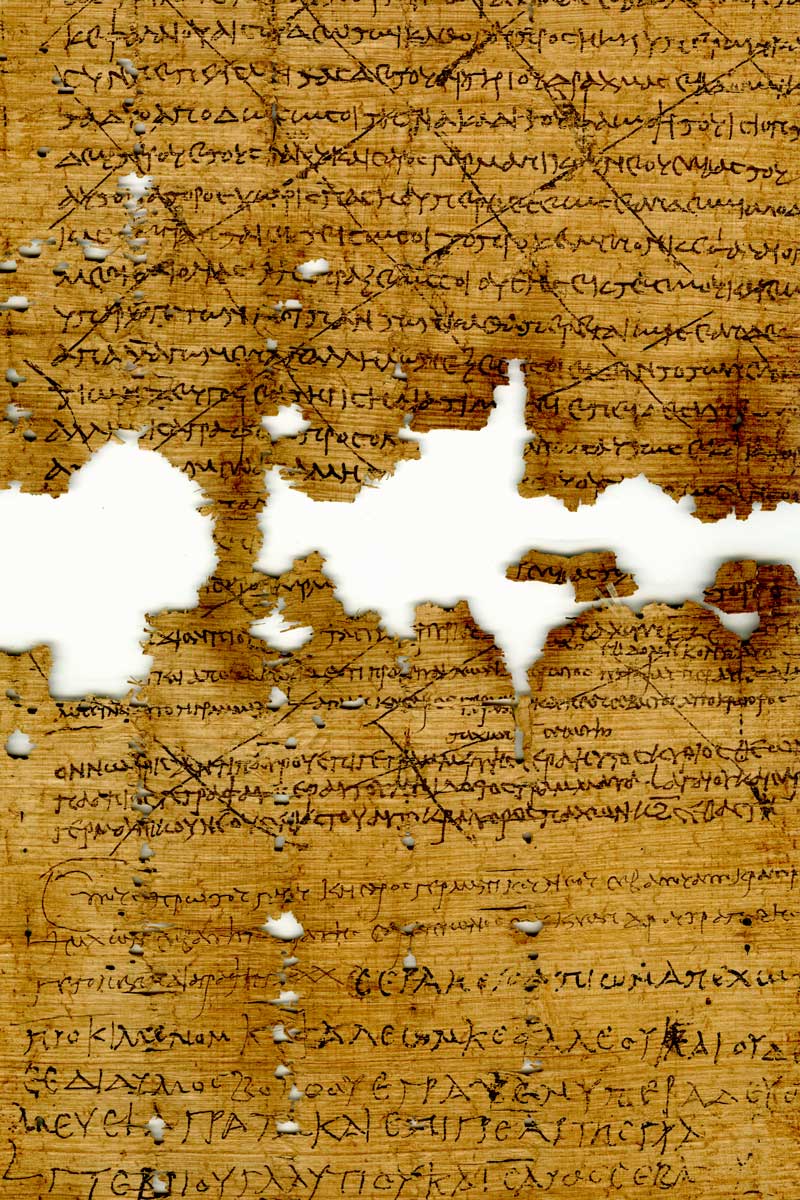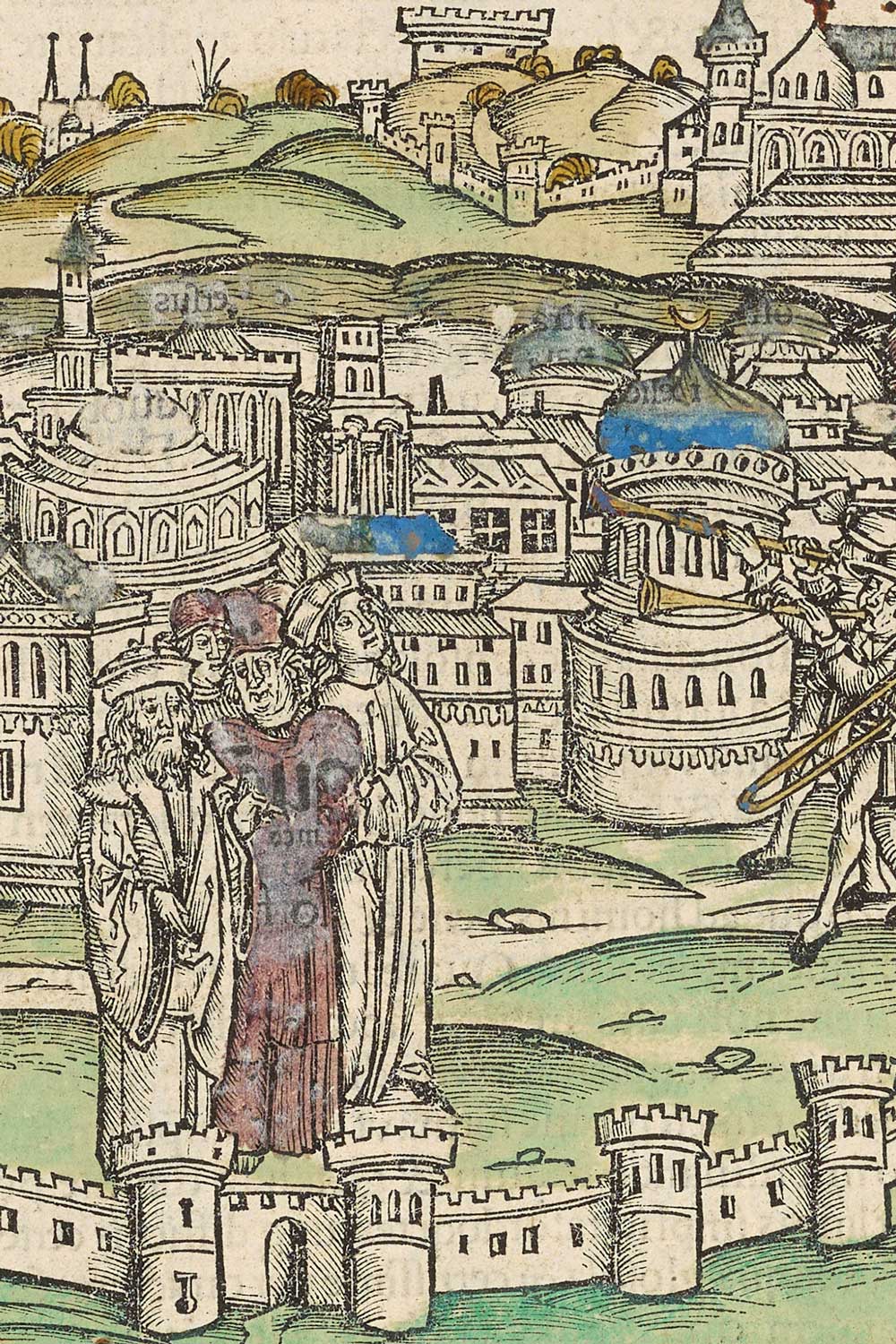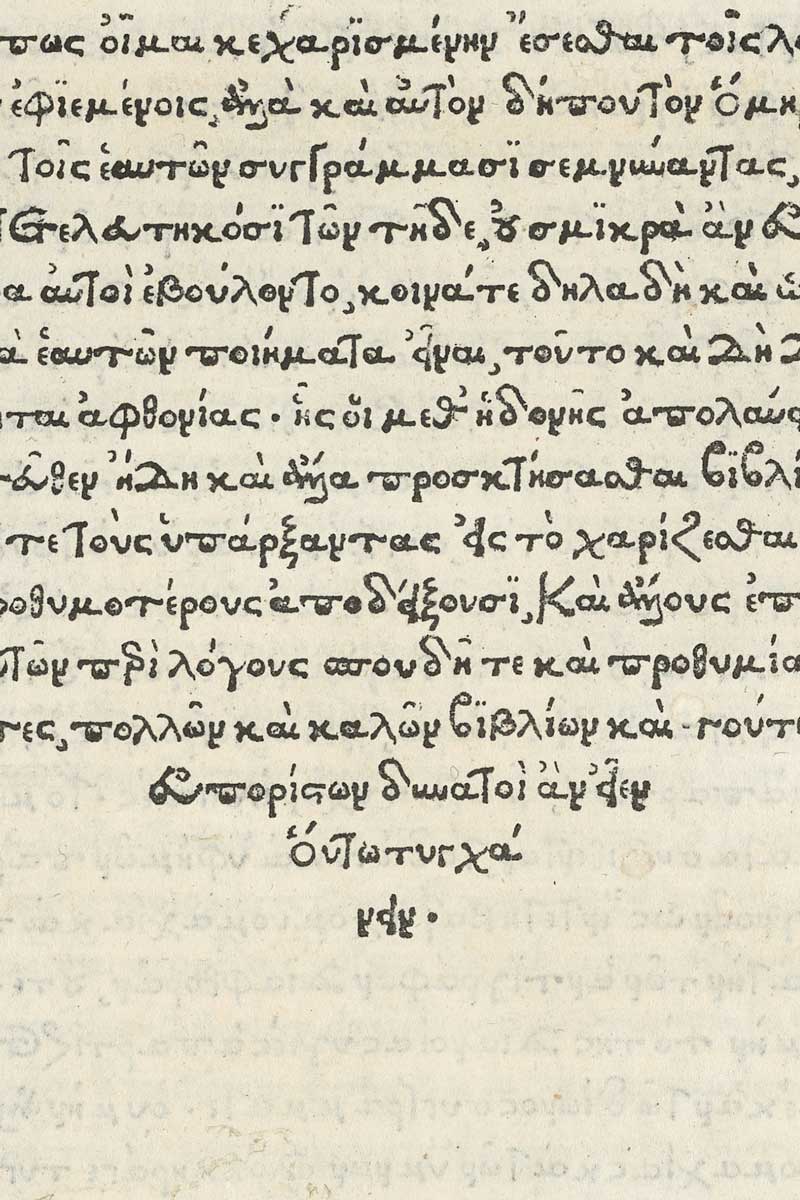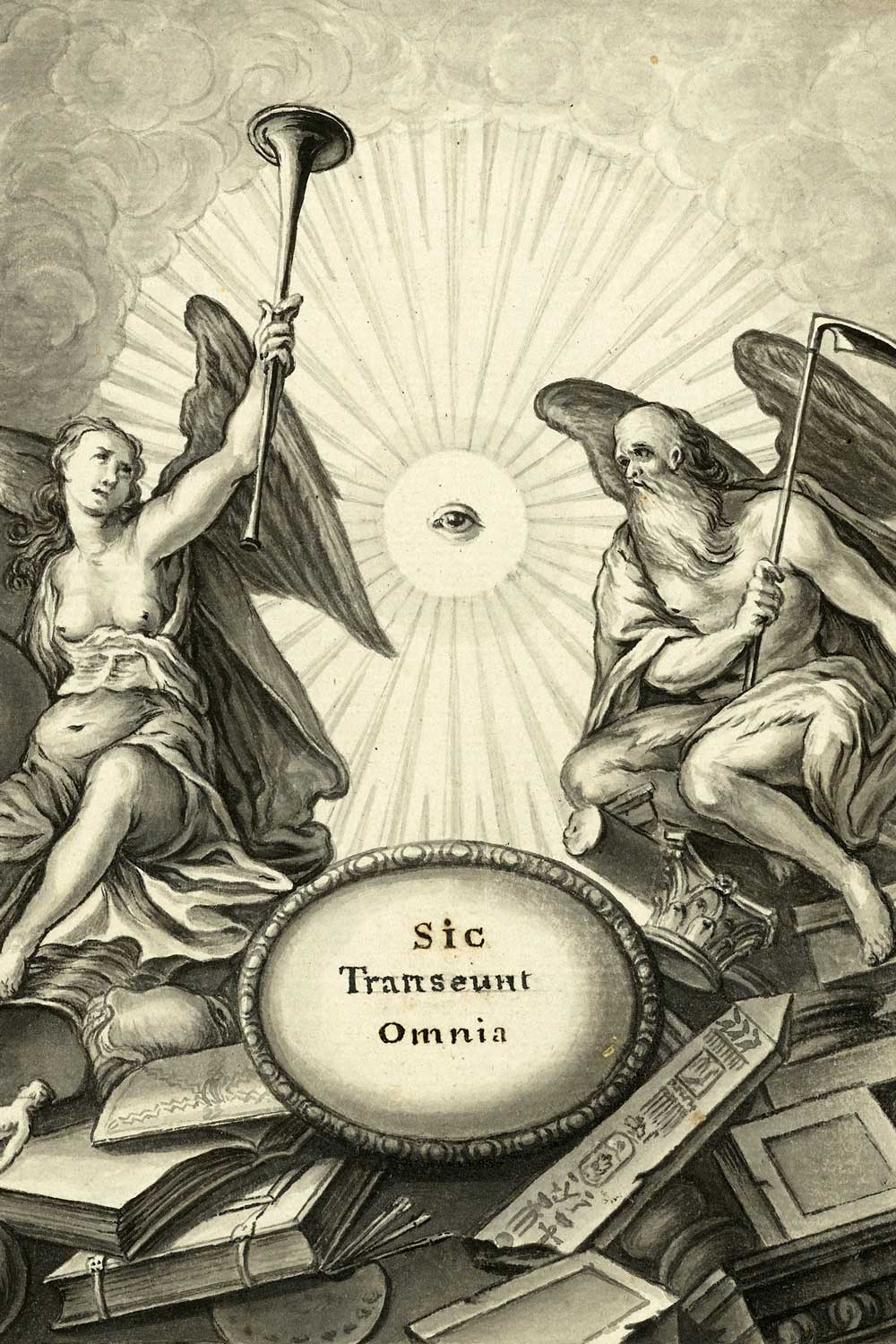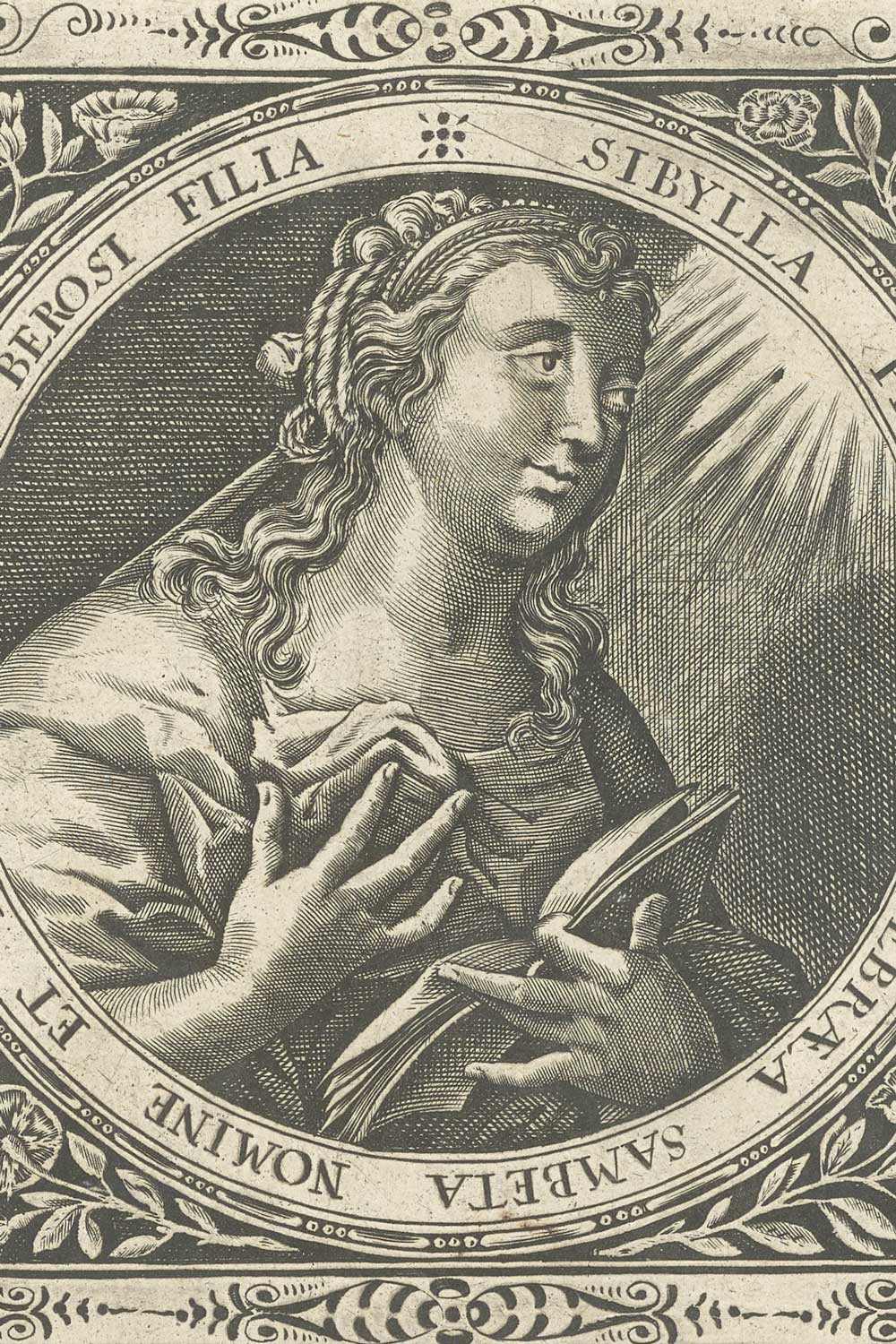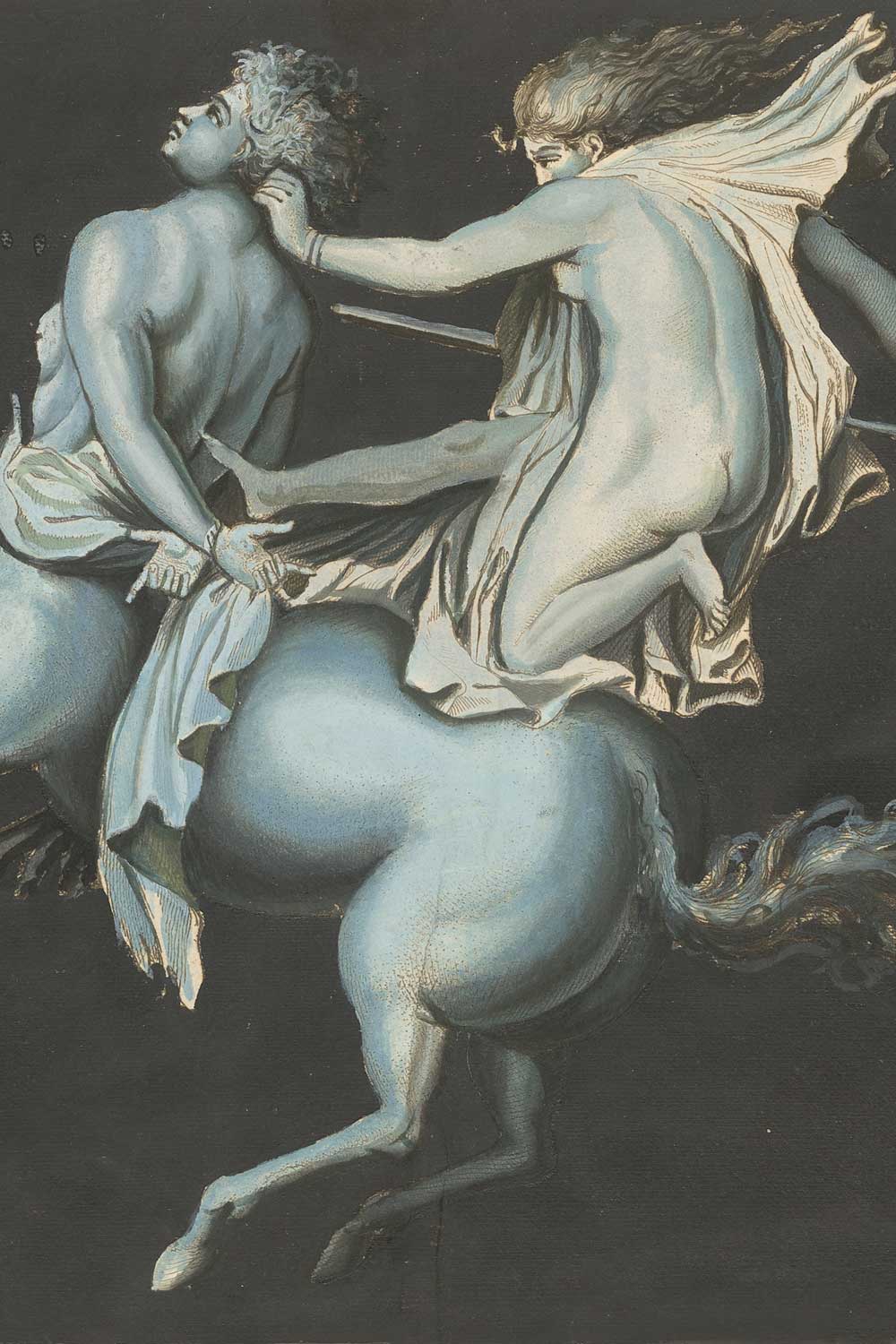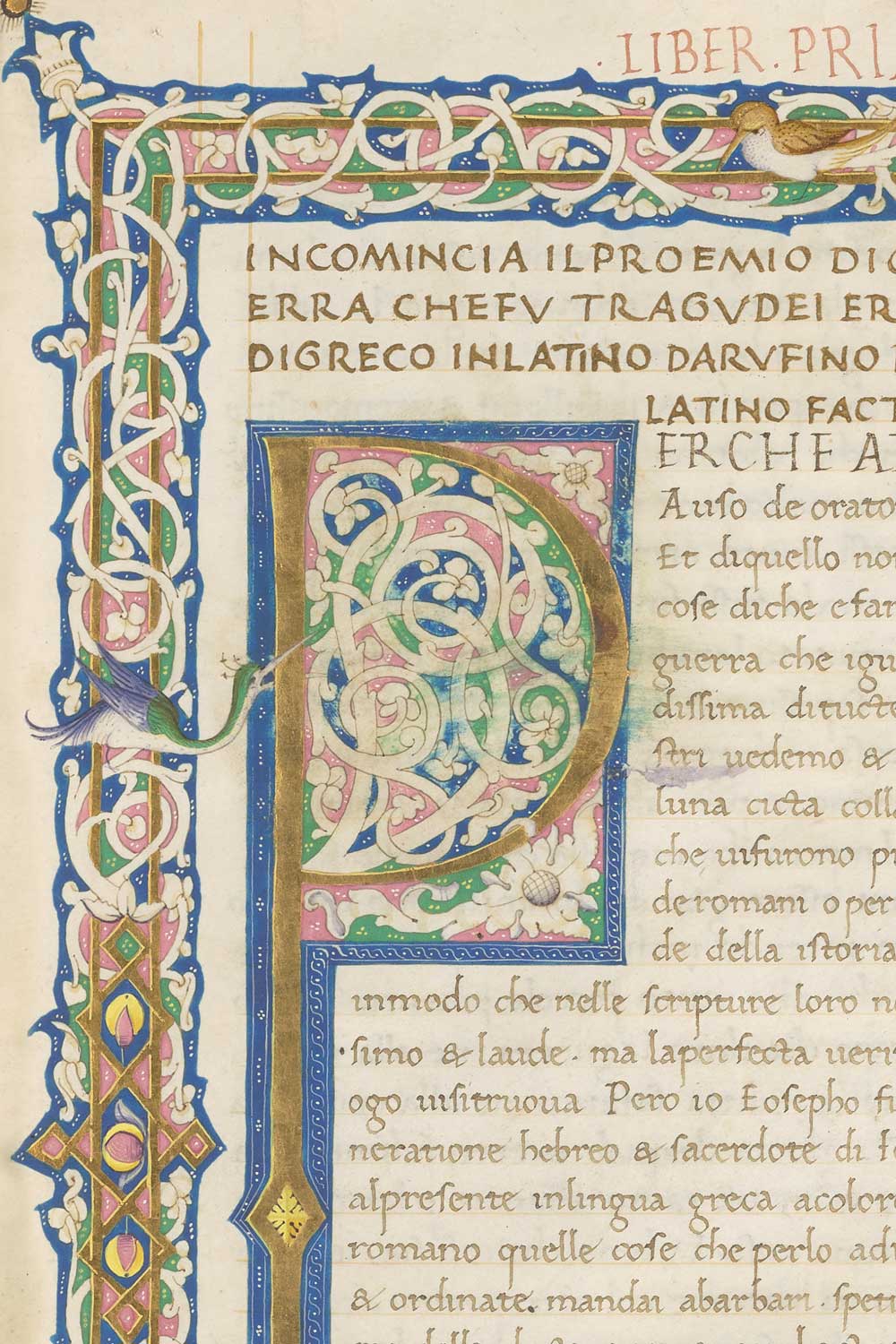Antiquity & Archaeology
Dating from the university’s founding, JHU has long been home two of the world’s leading Near Eastern Studies and Classics departments, and the libraries’ rare book and manuscript collections reflect this fact. The Sheridan Libraries holdings encompass archaeological and textual artifacts, from ancient Babylonian cuneiform tablets to some 70 papyrological fragments dating to the 1st to the 6th centuries CE, which were excavated at the famous digs at Oxyrhynchus and Fayrum at the turn of the 20th century by the Oxford scholars Bernard Grenfell and Arthur Hunt. Among these are literary fragments from the Iliad and the Odyssey, religious texts, tax documents, bills of exchange, and commercial correspondence.
An enduring cornerstone of Renaissance culture and humanism was, of course, the revival of the literatures and cultures of classical antiquity, an interest admirably reflected throughout the collections at Johns Hopkins, particularly from the later 15th to the 17th centuries. Among the earliest are the first complete Greek-language edition of Homer’s works, and Aldus Manutius’s monumental Greek edition of the complete works of Aristotle. Both biblical and classical humanism are also richly reflected in the collections, from the storied “Subiaco Lactantius,” the first dated book printed in Italy (1465), to the various sixteenth-century polyglot bibles—including the monumental Plantin Polyglot (1569-72)—to thousands of volumes of early classical and biblical editions, translations, redactions, and works of textual criticism. The libraries’ Bibliotheca Fictiva collection of literary forgery includes nearly every major invention, and scholarly demolition, of fake ancient texts and epigraphic fragments. In addition to early editions of nearly every major ancient Greek and Roman writer and philosopher, JHU is home to one of the world’s most extensive collections of the works of the ancient Roman poet Catullus, spanning the 15th to the early 20th centuries. These are largely described in Arthur Freeman, Catullus Carmen 17.6 and Other Mysteries (London: Quaritch, 2020).
The advent of early modern antiquarian interest in the excavation of ancient sites is very well represented—particularly in 16th- and 17th-century Rome, in Pompeii and Herculaneum beginning in the 18th century, and during nascent professional archaeological work in Mesopotamia and the Nile Basin during the 19th century. JHU holds an almost encyclopedic collection of imperial folio-format plate books, many reflecting the latest advances in book illustration and chromolithography as well as archaeology, including the massive 23-volume Description de l’Égypte (1809-28) inspired by the work of a small army of 160 expeditionary scholars, and of some 2,000 artists and technicians during Napoleon’s famous Egyptian campaign (1798-1801); as well as Karl Richard Lepsius’s extremely rare Denkmäler aus Ägypten und Äthiopien (1849-59) spanning 12 volumes and over 900 separate large-format plates of Egyptian and Ethiopian antiquities. JHU’s collection of rare 18th- and 19th-century archaeological and linguistic publications on ancient Near Eastern languages and cultures is among the strongest in North America.
—Earle Havens, Daniel T. McClurkin



